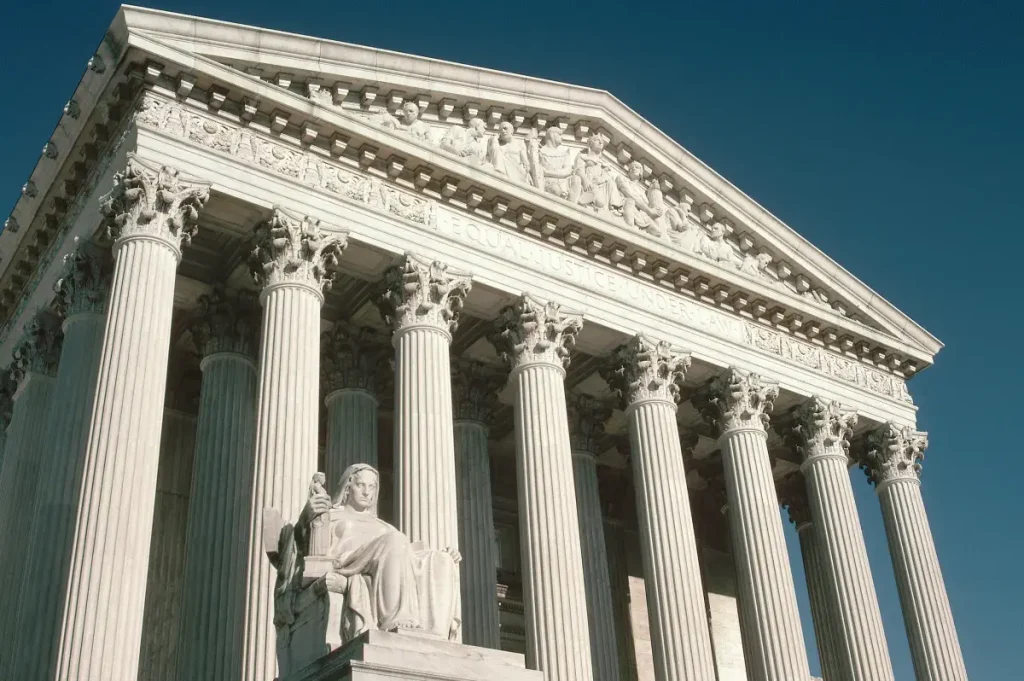Supreme Court Halts SNAP Payments Amid Government Shutdown
In a dramatic late-night decision on Friday, the Supreme Court issued an emergency order temporarily blocking full payments of Supplemental Nutrition Assistance Program (SNAP) benefits, thrusting nearly 42 million Americans who depend on this food assistance into continued uncertainty. This development represents another critical chapter in what has become the longest federal government shutdown in American history, with SNAP benefits emerging as a central battleground in the ongoing political standoff. The high court’s intervention came just hours before a deadline that would have required the government to distribute approximately $4 billion in food assistance to families across the nation, following a previous ruling by a Rhode Island judge that had mandated these payments.
The Supreme Court’s order, authored by Justice Ketanji Brown Jackson, specifically addresses the Trump Administration’s urgent request to appeal the earlier ruling that would have required SNAP to remain fully funded despite the government shutdown. “The applicants assert that, without intervention from this Court, they will have to ‘transfer an estimated $4 billion by tonight’ to fund SNAP benefits through November,” Justice Jackson wrote in her order. “Given the First Circuit’s representations, an administrative stay is required to facilitate the First Circuit’s expeditious resolution of the pending stay motion.” This administrative stay effectively pauses Judge John J. McConnell Jr.’s previous mandate, providing the First Circuit Court of Appeals additional time to review the case while millions of SNAP recipients face continued uncertainty about when—or if—they will receive their benefits.
The political response to this development has been swift and divided along partisan lines. Before the Supreme Court’s order, New York Governor Kathy Hochul had already announced on social media: “I’ve just directed state agencies to fully fund federal SNAP benefits for November. President Trump’s actions have been senseless and un-American. I’ll never stop fighting for New York’s families.” Similarly, California Governor Gavin Newsom took to social media to criticize the administration’s approach, stating: “Donald Trump is now going all the way to the U.S. Supreme Court to take SNAP food benefits away from Americans in need. California won’t back down in court from supporting the tens of millions of Americans the Trump Administration seemingly wants to starve.” These statements reflect the growing concern among Democratic state leaders about the impact of the shutdown on vulnerable populations.
Former President Trump, however, has presented a different perspective on the SNAP controversy. In a post on Truth Social earlier in the week, he claimed: “SNAP BENEFITS, which increased by Billions and Billions of Dollars (MANY FOLD!) during Crooked Joe Biden’s disastrous term in office (Due to the fact that they were haphazardly ‘handed’ to anyone for the asking, as opposed to just those in need, which is the purpose of SNAP!), will be given only when the Radical Left Democrats open up government, which they can easily do, and not before!” This statement suggests Trump is using SNAP funding as leverage in budget negotiations, a strategy that has intensified the already heated political climate surrounding the government shutdown and raised serious concerns about the impact on families who rely on this assistance for basic nutrition.
The human impact of this legal and political battle cannot be overstated. For millions of Americans—including children, elderly individuals, people with disabilities, and working families who don’t earn enough to make ends meet—SNAP benefits represent the difference between having food on the table and going hungry. Many recipients had already experienced interruptions in food assistance as the program’s funding remained in limbo during the shutdown. Food banks and other community organizations across the country report being overwhelmed with increased demand as uncertainty around government assistance grows, with many lacking the resources to fill the gap if SNAP benefits remain suspended for an extended period. The timing is particularly difficult as the holiday season approaches, traditionally a time when food insecurity becomes even more challenging for vulnerable households.
As this situation continues to unfold, the First Circuit Court of Appeals will now review the case that has momentarily paused SNAP benefit distribution. Meanwhile, state governments, particularly those with Democratic leadership, appear to be exploring options to provide temporary assistance to their residents affected by the federal funding pause. The legal battle over SNAP highlights how government shutdowns extend far beyond abstract policy disagreements, directly affecting millions of Americans’ ability to meet their most basic needs. With no immediate resolution to the shutdown in sight, the coming weeks may see further legal challenges, state-level interventions, and increasing pressure from advocacy groups concerned about rising hunger across America. For those 42 million Americans who depend on SNAP, each day without resolution brings additional hardship and uncertainty about when they’ll next be able to rely on this critical nutritional lifeline.


